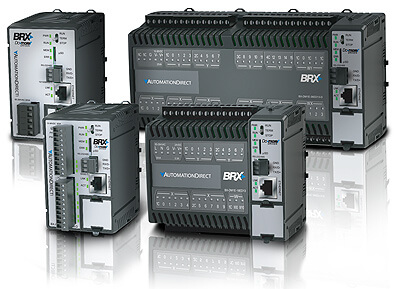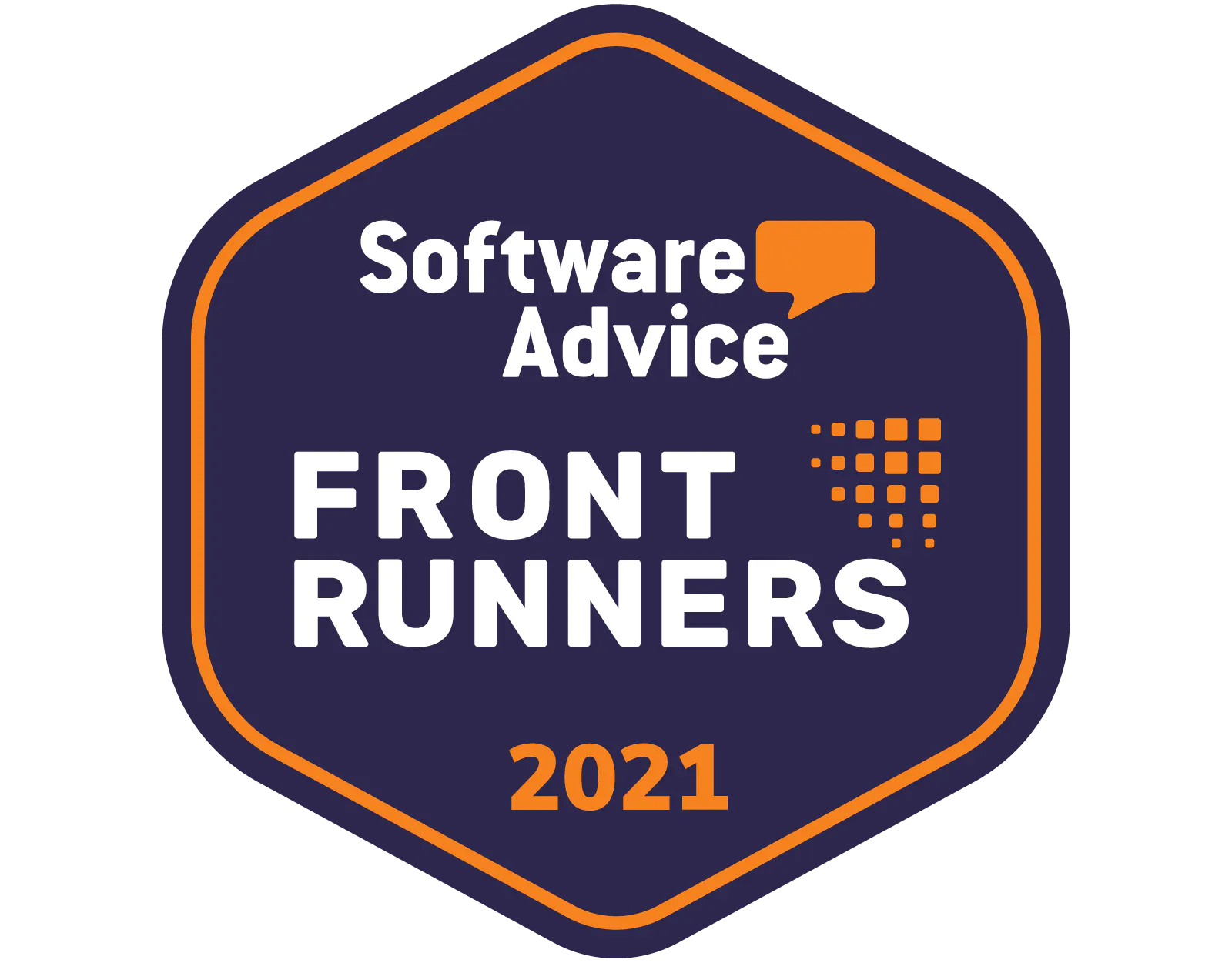What is the difference between PLC and SCADA?
The primary difference between a PLC (or Programmable Logic Controller) and SCADA (Supervisory Control and Data Acquisition) is the fact that a PLC is hardware and SCADA is (generally) software, though some would argue that SCADA is a plant’s overall control system using hardware and software elements.
Regardless of semantics, both are used in industrial settings, and they’re typically used together, but they are still two very distinct systems.
What are PLCs?

PLCs are designed to control complex industrial processes, such as running machines and motors. They are simple to program and fully scalable to an operation’s requirements. They’re also used to collect data from the systems they control.
They’re an upgrade over the old relays and timers previously used to control industrial machinery since PLCs are capable of performing much more complex tasks.
What is?

SCADA is a central system used to monitor and run plant processes. It’s typically software installed on a computer, and one of its major functions is to act as an interface with industrial machines (or Human-Machine Interface, or HMI). In other words, it allows users to track information coming in from equipment, enter commands, make changes to their programming, etc.
SCADA systems are often used in conjunction with PLCs and other devices (in fact, some would say that a PLC would be part of a SCADA system). Data from PLCs and Remote Terminal Units (RTUs) are relayed to the system, and commands are entered into the HMI to make adjustments to the processes they control.
What is the relationship between PLCs and SCADA?
Used together, SCADA software and PLCs form an automatic system for prescribing maintenance tasks, forming the core of a predictive maintenance program. It works something like this:
- Data from sensors on individual assets is transmitted to the PLC
- The PLC translates that data into a format that can be used by the software
- Users access the data through the HMI on the software
- If the data crosses certain thresholds, a maintenance work order is created
For instance, if a turbine is showing too much vibration, sensors transmit that data through the system, and the readouts on the user end would trigger a work order. In this application, SCADA software controls the entire system, while PLCs act as relay points and controllers for specific assets.
Want to keep reading?
SCADA Systems Explained | UpKeep
The Ultimate Guide to Programmable Logic Controllers (PLCs)
Maintenance Acronyms - What are the most used?
4,000+ COMPANIES RELY ON ASSET OPERATIONS MANAGEMENT
Leading the Way to a Better Future for Maintenance and Reliability
Your asset and equipment data doesn't belong in a silo. UpKeep makes it simple to see where everything stands, all in one place. That means less guesswork and more time to focus on what matters.


![[Review Badge] GetApp CMMS 2022 (Dark)](https://www.datocms-assets.com/38028/1673900459-get-app-logo-dark.png?auto=compress&fm=webp&w=347)
![[Review Badge] Gartner Peer Insights (Dark)](https://www.datocms-assets.com/38028/1673900494-gartner-logo-dark.png?auto=compress&fm=webp&w=336)
